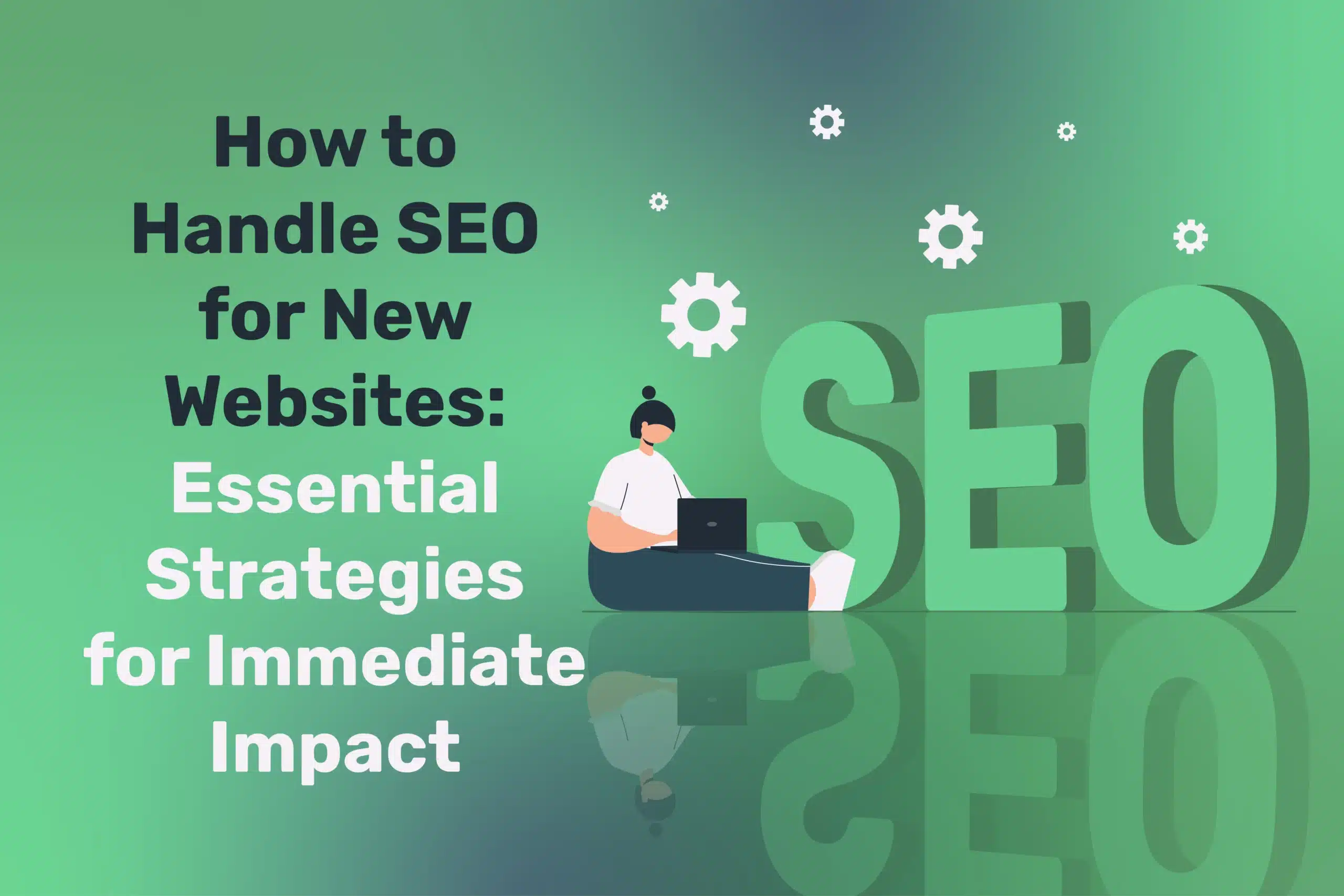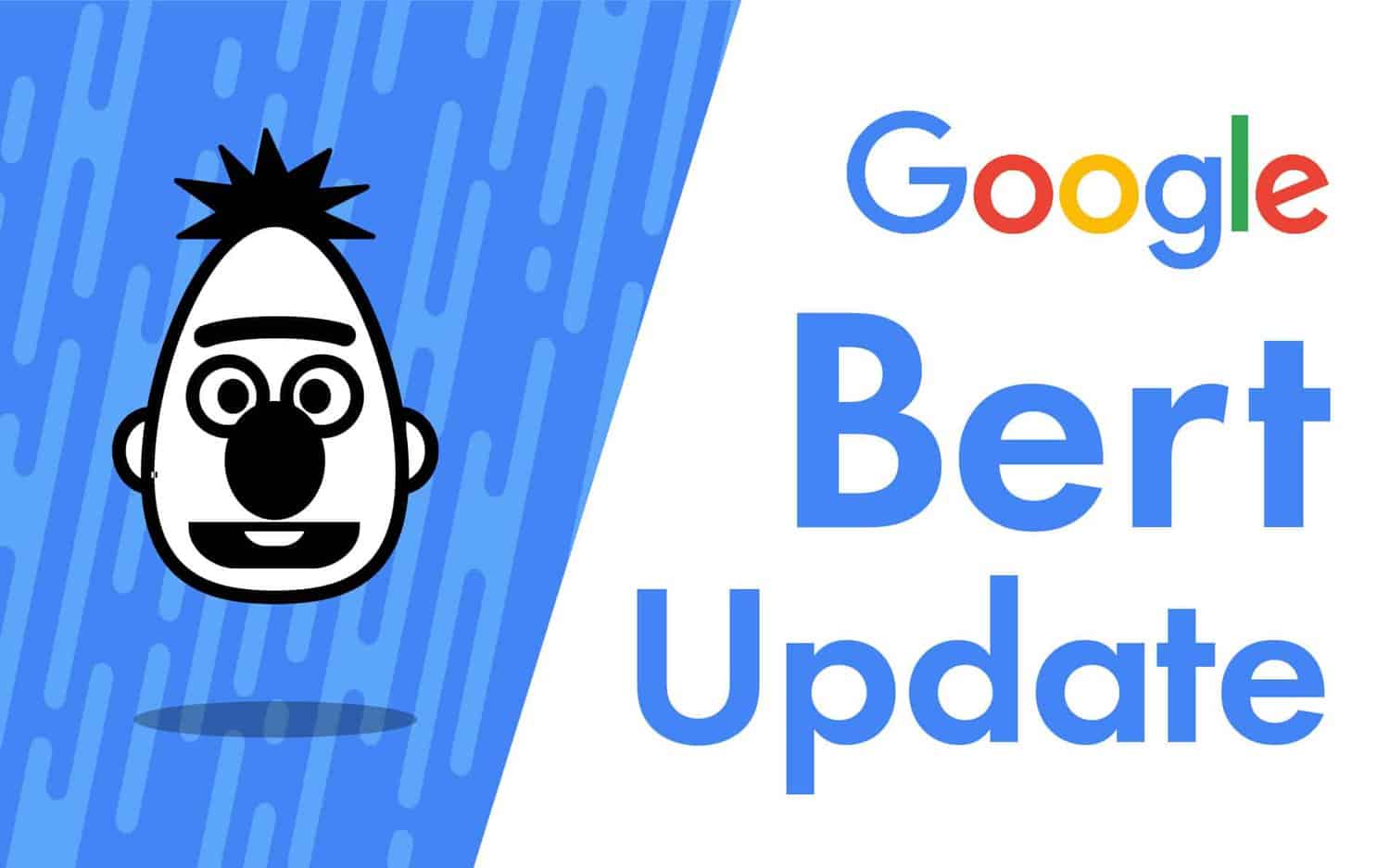
Doing an SEO Audit? Here’s Your Ultimate Checklist
Table of Contents
Doing an SEO audit is crucial for maintaining a healthy search presence. As websites evolve—adding new pages, changing structures, or integrating new tools—unexpected issues can arise, from broken internal links and indexation errors to slow load times or spammy backlinks. Conducting an in-depth, methodical SEO audit uncovers these hidden pitfalls, letting you address them proactively before they stunt your rankings.
This article provides a step-by-step checklist to systematically evaluate your site’s technical, on-page, and off-page SEO health. By following these phases—crawl analysis, content review, performance checks, link profile inspection—you’ll ensure your site stays fully optimised, avoiding traffic drops or user dissatisfaction from unresolved snags.
“An SEO audit is like a full MOT for your site—routine checks prevent small issues from becoming big ranking killers,” says Ciaran Connolly, Director of ProfileTree.
Crawl Your Entire Site
Regularly crawling your entire site is essential for identifying technical issues that may impact SEO performance. A comprehensive crawl helps uncover broken links, duplicate content, missing metadata, and indexing errors that could prevent search engines from properly understanding your site. By proactively addressing these issues, you ensure a smooth user experience and maintain strong search visibility.
Use a Site Crawler
Tools like Screaming Frog, DeepCrawl, or Sitebulb systematically traverse your URLs. They flag broken links (404), server errors (500), duplicate meta tags, or missing alt text. Start with a “full site” crawl to gather raw data.
Identify Orphan Pages
Some pages might not be linked anywhere in your navigation or content. If they’re meant to be live and indexed, fix your internal linking. If they’re outdated, consider redirecting or removing them. Orphan pages can hamper user paths and waste crawl budget.
Inspect Robots.txt and Sitemaps
Confirm your robots.txt allows essential directories. A misconfigured file can block key pages from being indexed. Then check your sitemap for coverage: all primary pages included, no references to deleted content. Submit or verify it in Search Console if you haven’t already.
Log Any Errors in a Central Tracker
As you find 404 or redirect loops, record them. Plan specific solutions—like 301-redirect a defunct page to its updated counterpart or fix the internal link anchor. This structured approach ensures no issue is overlooked.
Evaluate Indexing and SERP Presence
Ensuring your pages are properly indexed and appearing in search results is key to SEO success. If search engines can’t find or display your content, even the best-optimised pages won’t drive traffic. Regularly evaluating your site’s indexing status and SERP presence helps identify issues like de-indexed pages, crawl errors, or poor rankings. Addressing these problems ensures your content reaches the right audience and performs at its full potential.
Search Console Coverage
Visit Google Search Console > “Coverage” to see how many pages are indexed vs. excluded. Investigate excluded reasons: “Discovered but not indexed,” “Duplicate without canonical,” “Crawl anomaly,” etc. Solve if relevant pages are being excluded erroneously.
site:domain.com Queries
Type site:example.com in Google to see the approximate number of indexed pages and how they appear in SERPs. If you notice spammy subpages or old staging environments, set them to noindex or remove them. If key pages are missing, re-check site structure or do a manual request to index.
Check for Non-Canonical Versions
Ensure only one version of your domain is dominating the index (like https://www.example.com vs. http://example.com). Use 301-redirects or canonical tags for consistent canonical forms. Duplications hamper domain authority consolidation.
Evaluate SERP Snippets
Skim how your pages appear in search results: do titles look truncated? Are meta descriptions relevant, or is Google pulling random text? Adjust if needed. Rich snippet expansions (like FAQ or product schema) can also be tested.
On-Page Elements Audit
An on-page elements audit ensures that key SEO factors like title tags, meta descriptions, headers, and internal links are optimised for search engines and users. By reviewing these elements, you can improve keyword relevance, enhance readability, and boost engagement. Regular audits help identify gaps or inconsistencies, allowing you to refine your content and maximise its impact on rankings and user experience.
Title and Meta Description Review
A crawler or SEO suite can highlight duplicate or missing tags. Each page needs a unique, concise title (around 50–60 chars) and a relevant meta description (up to ~155–160 chars). Ensure they reflect the page’s main keyword but read naturally.
Header Tags and Content Structure
Check if each page has a single H1. Additional headings (H2, H3) break up content. Overlapping multiple H1 tags or skipping them confuses search engines. Also verify that text is placed in semantic elements (like <p> for paragraphs, not <div>).
Keyword Usage and Density
Scan top landing pages: are you sufficiently covering target phrases? Or do you see keyword stuffing? Possibly incorporate synonyms or LSI variants. If any page is too spammy, rewrite it more naturally.
Image Alt Text and Captions
Ensure images have alt attributes describing the content or function. This helps both accessibility and SEO. Big e-commerce sites might need bulk alt text solutions if thousands of product images are missing descriptions. Keep alt text relevant, not stuffed with keywords.
Content Depth
Are some pages too thin (<300 words) or purely duplicating competitor info? Expand with fresh data, visuals, or unique angles. For core pages, aim for in-depth coverage that satisfies user queries comprehensively.
Technical Performance and Core Web Vitals
Technical performance plays a crucial role in SEO, with Core Web Vitals serving as key indicators of user experience. Factors like page speed, interactivity, and visual stability directly impact rankings and engagement. Regularly assessing these metrics ensures your site meets Google’s performance standards, providing visitors with a fast, seamless experience that keeps them coming back.
Speed Tests
Run Google PageSpeed Insights or GTmetrix. Note your Largest Contentful Paint (LCP) and any suggestion from the tool. Possibly compress images, minify CSS/JS, or upgrade hosting. These steps ensure fast rendering, especially crucial on mobile.
Mobile-Responsive Testing
Use Google’s Mobile-Friendly test or physically test on multiple devices. Pinch-zoom requirements, small text, or hidden content hamper user experience and can degrade rankings in mobile SERPs.
Security Checks
Confirm your SSL certificate is valid and not serving mixed content. If the site’s older sections remain on HTTP, unify them under HTTPS. Outdated plugins or unpatched software risk being flagged by safe browsing warnings. Keep server software updated.
Schema Validation
If you use structured data—such as FAQ, Product, Review, or Recipe schema—it’s essential to validate it using Google’s Rich Results Test. This tool helps identify errors or warnings that could prevent your content from appearing in enhanced search results like rich snippets or knowledge panels. Fixing issues ensures search engines properly interpret your data, increasing the chances of earning valuable SERP enhancements that improve visibility and click-through rates. Regular testing helps maintain accuracy and compliance with Google’s evolving structured data guidelines.
Link Profile and Off-Page Analysis
A strong link profile and off-page SEO strategy are essential for building authority and improving search rankings. Analysing your backlinks helps identify high-quality links that boost credibility, as well as toxic links that could harm your site’s reputation. Off-page factors like social signals, brand mentions, and influencer collaborations also play a role in search visibility. Regularly evaluating and refining your link profile ensures a healthy, authoritative presence in search results.
Backlink Inventory
Use Ahrefs, Moz, or SEMrush to gather inbound links. Note domain ratings or authority. Are your top backlinks from relevant sites or random directories? If your anchor text distribution seems unnatural (like excessive exact matches), that’s a red flag.
Toxic Link Detection
Look for spammy PBN networks or anchor texts from gambling or adult domains if irrelevant to your brand. If you suspect a negative SEO or outdated black-hat tactics, compile them in a disavow file. However, disavow only truly harmful or irredeemable links.
Broken External Links
If you see inbound links pointing to pages you deleted or changed, 301-redirect them to the best alternative page. This recovers lost link equity. Tools show 404 errors from external referring domains.
Social Signals
While not a direct ranking factor, a brand’s social presence can amplify link-building. Check if your social profiles are complete, consistent with brand, and link back to your site. If user engagement is high, it might indirectly improve domain recognition or brand queries.
Local SEO Elements (If Applicable)
Optimising for local SEO is essential for businesses looking to attract nearby customers. Key elements include optimising Google Business Profile, managing local citations, and ensuring NAP (Name, Address, Phone) consistency across directories. Local reviews, location-based keywords, and geo-targeted content also play a crucial role in improving visibility in local search results. A strong local SEO strategy helps businesses connect with their community and drive more foot traffic or local leads.
NAP Consistency
For local businesses, maintaining consistency in your Name, Address, and Phone (NAP) information across all platforms is crucial for local SEO. Ensure your details match on your website, Google Business Profile, Yelp, and other directories, as inconsistencies can confuse both search engines and potential customers. Google’s local algorithm prioritises businesses with accurate and uniform information, improving your chances of ranking in the local pack. To streamline this process, tools like BrightLocal or Yext can help automate citation checks, quickly identifying and fixing discrepancies to strengthen your local search presence.
Google Business Profile Optimisation
Regularly update your Google Business Profile with fresh photos, accurate hours, and relevant categories. Ensure consistency between your GBP listing and local site pages, as discrepancies can affect rankings. Encourage customer reviews, as Google values uniform signals for local search visibility.
Location Pages
If you serve multiple areas, each location page needs unique content: directions, local testimonials, relevant images. Duplicate location pages with just city names swapped hamper local ranking. Offer meaningful differences or unify them with dynamic features.
Content Strategy and User Engagement
A well-defined content strategy is essential for attracting, engaging, and retaining your audience. Creating high-quality, relevant content tailored to user intent not only boosts SEO but also enhances user experience. Engaging formats like videos, interactive elements, and compelling storytelling keep visitors interested and encourage longer site interactions. By consistently analysing performance metrics, you can refine your content approach to drive better engagement and conversions.
Blog Frequency and Relevance
Audit your blog posts—are they high-level fluff or deeply researched? Check engagement metrics: average time on page, scroll depth. Prune or combine low-value posts. Create editorial calendars focusing on user queries, trending topics, or brand expertise.
CTAs and Conversion Paths
SEO traffic means little if users don’t convert. Ensure top landing pages feature clear next steps: sign-ups, product demos, or related resources. Use heatmaps to see if visitors click or if they bounce early. Then refine your CTAs or internal links.
E-E-A-T Enhancements
Add author bios with credentials, disclaimers for YMYL topics, data citations, and external references. Build authority by featuring brand collaborations or media quotes. If your brand has unique credentials, highlight them—like “Members of [Professional Association].”
Interactive or Multimedia Content
Check if user engagement soared on pages with embedded videos, infographics, or quizzes. If so, replicate that success. Ensure media is optimised (compressed, lazy-loaded) to not hamper speed.
Post-Audit: Prioritising Fixes and Implementation
After completing an SEO audit, the next step is to prioritise fixes and implement improvements effectively. Not all issues have the same impact, so focusing on high-priority areas—such as indexing errors, broken links, and slow-loading pages—ensures the most significant gains. By categorising tasks based on urgency and potential SEO impact, you can create a structured action plan that drives measurable results while maintaining long-term site health.
Categorise Issues by Severity
Group your findings as:
- Critical (broken canonical tags, major 404s on key pages)
- High (missing meta on top pages, poor performance above 4 seconds LCP)
- Medium (duplicated descriptions, minor alt text omissions),
- Low (cosmetic or small link anchor improvements).
Focus on critical tasks first, then address high and so on.
Establish a Timeline
Not all problems can be fixed instantly—particularly large content rewrites or site restructure. Plan sprints or phases. For example, immediate sprint for technical errors, next sprint for content expansions, ongoing sprint for link-building improvements.
Track Changes and Results
Document each fix. Then watch analytics and rank trackers to see if metrics improve. This feedback loop ensures you glean insights about which optimisations yield the biggest impact. Possibly you’ll replicate successful fixes sitewide.
Communicate with Stakeholders
If you’re part of a larger team or agency, summarise the audit results and action plan. Provide monthly or quarterly updates—did bounce rates drop or conversions rise? Transparent reporting fosters continued buy-in for ongoing SEO maintenance.
“Organise your fixes methodically, then measure. A purposeful approach transforms random patches into a strategic improvement cycle,” says Ciaran Connolly.
Ongoing Monitoring and Preventive Measures
SEO is not a one-time task but a continuous process that requires regular monitoring and proactive maintenance. By keeping an eye on key performance indicators, tracking algorithm updates, and identifying potential issues early, you can prevent ranking drops and maintain a healthy website. Implementing preventive measures—such as security updates, technical audits, and content refreshes—helps sustain long-term SEO success and adaptability in an ever-changing digital landscape.
Schedule Routine Audits
Aim for quarterly or biannual SEO audits, particularly if you frequently publish content or manage an e-commerce site with regularly changing product listings. Frequent updates can introduce indexing issues, broken links, or outdated metadata that impact rankings. Even stable websites aren’t immune to technical problems—new performance issues, slow-loading pages, or security vulnerabilities can emerge over time. Routine audits help identify and fix these problems early, ensuring your site remains optimised, user-friendly, and aligned with search engine best practices.
Automated Alerts
Set up alerts for sudden spikes in 404 errors or a steep drop in organic traffic. If your server experiences downtime or an incorrect robots.txt is deployed, you want immediate notice. Tools like UptimeRobot or advanced site monitors can help.
Keep Up with Google Changes
Stay tuned to Google Search Central or industry news for algorithmic shifts. If a new core update emphasises helpful content or product reviews, adapt your editorial strategy. Forewarned is forearmed—react swiftly to maintain top positions.
Collaborative Approach
SEO audits involve devs for technical fixes, writers for content expansions, designers for user experience adjustments. Keep lines of communication open—everyone’s input ensures cohesive solutions. If devs patch a performance bottleneck, verify the fix doesn’t break other areas.
Sustaining SEO Health Through Regular Audits
An SEO audit isn’t a one-off task—it’s a continuous process ensuring every facet of your site, from crawlability to content depth, is aligned with search engine and user expectations. By systematically crawling pages, reviewing on-page elements, auditing off-page signals, and refining your content strategy, you catch issues early and prevent ranking declines.
In 2024, algorithmic changes and user demands evolve rapidly. A robust audit routine—quarterly or semi-annually—keeps you agile, letting you adapt content or fix technical lapses promptly. The payoff: a stable, optimised site that steadily grows organic traffic, fosters user satisfaction, and cements your brand’s authority online.




